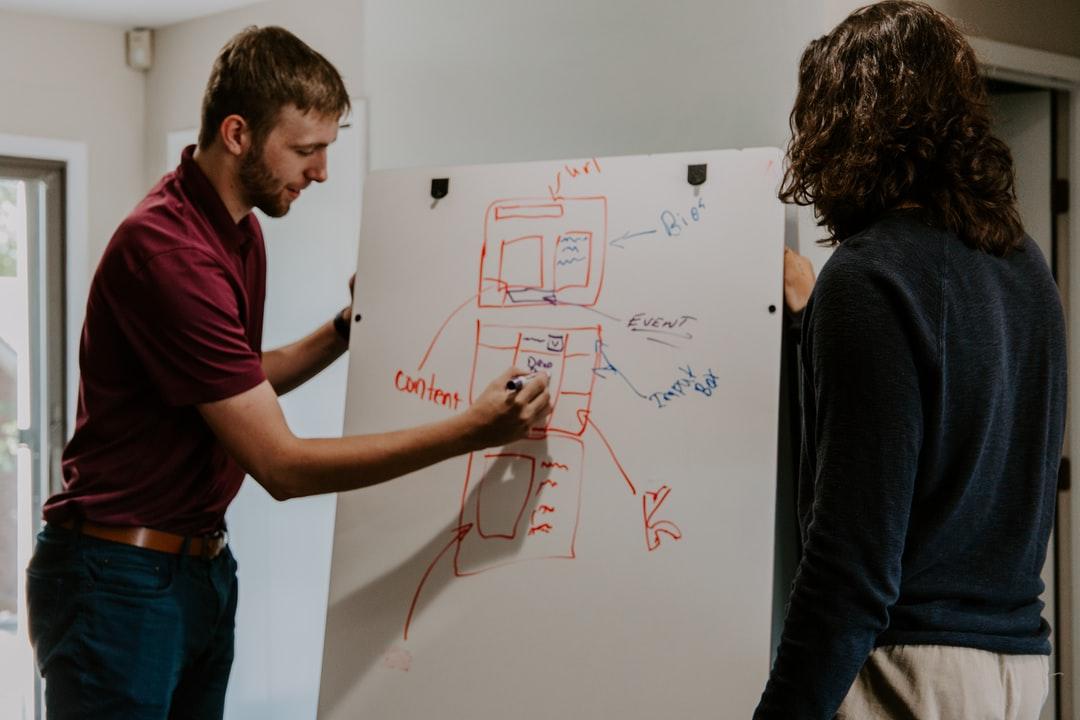6 Effective Visual Learner Strategies

There are different types of learners and ways of learning. Auditory learners are great listeners who process and remember information by hearing it. Kinesthetic learners, also called tactile learners, learn by moving around and doing or feeling something. Visual learners learn best by sight and visualization. The different types of learning styles affect tutoring and student success in the classroom. Knowing and understanding your specific learning type can be a great advantage. Read on to learn about visual learning and the best visual learner strategies to enhance your education.
What Is Visual Learning?
Visual learners understand new things by sight, for example, through reading or looking at images. While visual learners can learn things in many ways, they can retain information best through their eyes.
Visual learners often seek out things to watch or look at to keep from boredom. Sounds may easily distract some visual learners, and they may have trouble remembering verbal directions or instructions.
If you are a visual learner, some quick tips that can improve your grades include:
- having your eyesight checked regularly
- trying not to get distracted by sounds
- picturing things that you hear
- sitting near the front of the classroom
Proven Strategies for Students With a Visual Learning Style
Just like there are study tips for students for more effective studying, there are proven strategies that visual learners can use to maximize their education. Testing out these six suggestions and finding which ones are best for you can help you reach your learning goals quickly and easily.
1. Create Mind Maps or Concept Maps To Organize Ideas
Mind maps, also called concept maps, are excellent visual learning strategies for organizing and analyzing your ideas and new information. Start a mind map by writing a central idea in the middle of a page. Link new items or ideas from this main idea and continue to branch out from those ideas. This practice creates a non-linear map that you can use in multiple ways, including:
- Brainstorming
- Reviewing what you’ve learned
- Outlining a paper
- Developing a character or story
- Understanding cause and effect
For tech-savvy learners, many web-based software and apps can help with mind mapping. These programs allow you to digitally diagram and organize your thoughts and customize your mind maps with colors, images, and videos.
2. Use Color Coding To Make Information More Visually Appealing
Color is a valuable tool for visual learners. Using colors when you study is another excellent way to keep yourself engaged in the classroom. You can use color coding to organize information. When reading a text, you might choose different colors to highlight different points.
For example, you might use blue for keywords, yellow for dates, pink for important locations, and green for interesting facts. Colored flashcards can become graphic organizers that help you remember the steps of a process or presentation. Through color coding, you can visually recall information by thinking of the color associated with that information.
3. Benefit From Visual Representations of Data
Using visual elements to depict data is a more effective way to remember something in the long term. After listening to a spoken lecture, the average person will only recall 10-20% of the information three days later. However, if the lecture’s data has a visual representation, the percentage of what you’ll remember after three days jumps to 65%.
Sometimes, you may need to go out of your way to find visual representations of data for the complex topics you’re learning. In the long run, your work will pay off as you’ll remember more information for more extended periods of time.
4. Watch Educational Videos Related to the Subject Matter
No matter what kind of learner you are, you’ll need to utilize multiple learning methods to be successful. Visual learners can benefit from backing up the information they’ve learned by watching educational videos related to that subject.
If you need to learn new vocabulary words, watching short videos that pertain to each word will create a stronger memory and make it easier to recall later on. If you’re having trouble remembering the information in your class about World War II, watching a documentary will help you solidify a foundation to plot out the other facts you learned in class.
5. Create Visual Summaries or Infographics
You can use visual summaries, infographics, and flow charts to learn new information as well as create a document that you can review later to reinforce your knowledge. You can draw out your summary as a series of pictures, storyboard the message, or even use computer programs like PowerPoint.
Creating a visual summary can be especially useful for lectures and books. If you draw out or diagram the main points of a book in visual images, you’re likely to quickly recall that information in the future. This study technique also works well for more complex concepts.
6. Take Advantage of Interactive Study Tools and Apps
Today, many interactive study tools for visual learners are available in online and mobile spaces. Some of these programs can assist your learning process by giving you visual puzzles, creating checklists and infographics for organizing your studies, or providing quizzes with images and icons to review concepts you learned in class.
Downloading apps geared toward a specific subject is an excellent option for solitary learners. You can find apps that will let you add information to videos, create flashcards with images or videos, or use interactive timelines to make remembering the order of events in history easier.
Transform Your Visual Learning experience With Online Tutoring
No matter your preferred learning style, tutors can help students become more efficient learners. Using the strategies can help you learn and retain information more easily if you are a visual learner. Alexander Tutoring can also assist visual learners and help them with math and physics. Contact a representative to learn more about options for online tutoring services.


